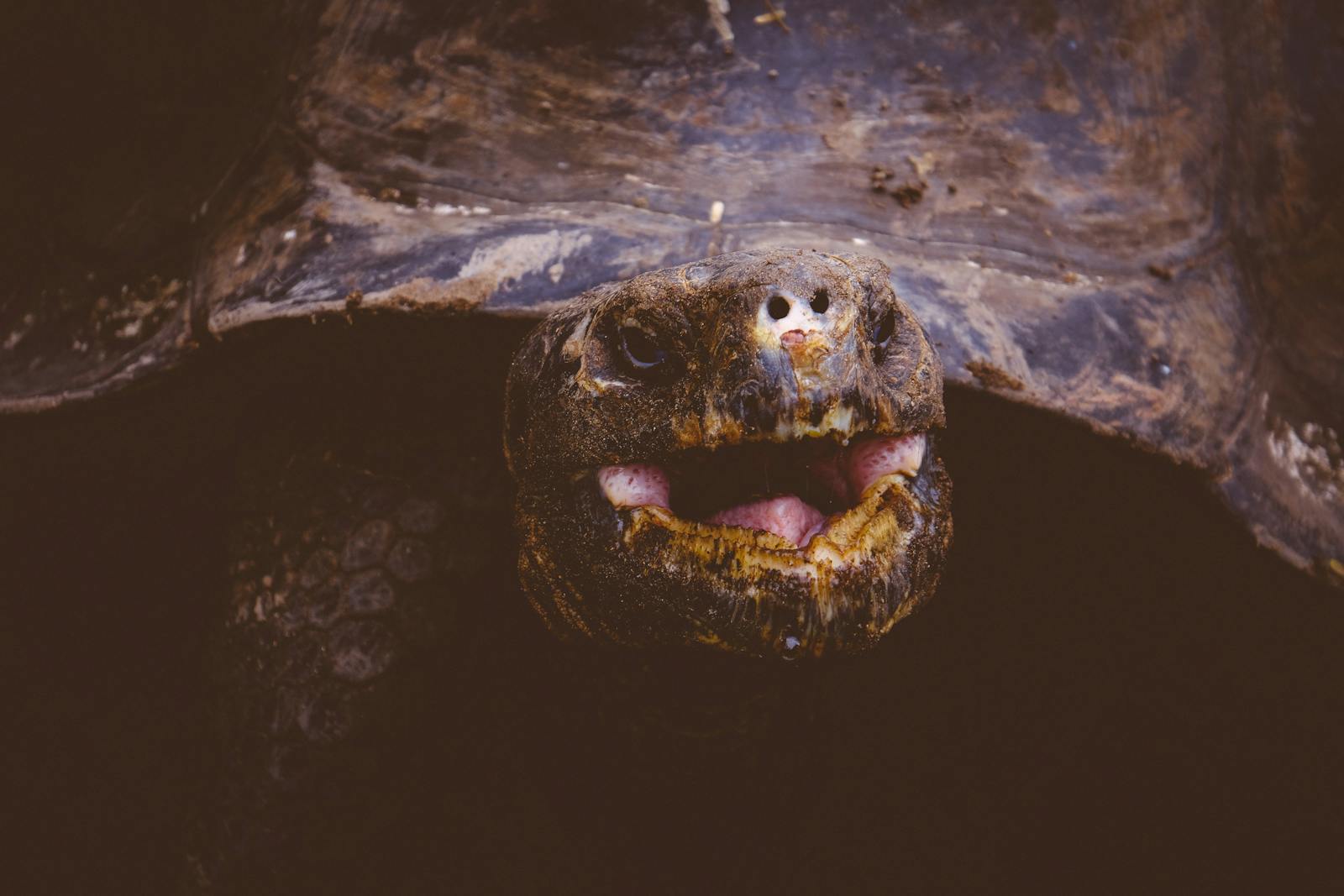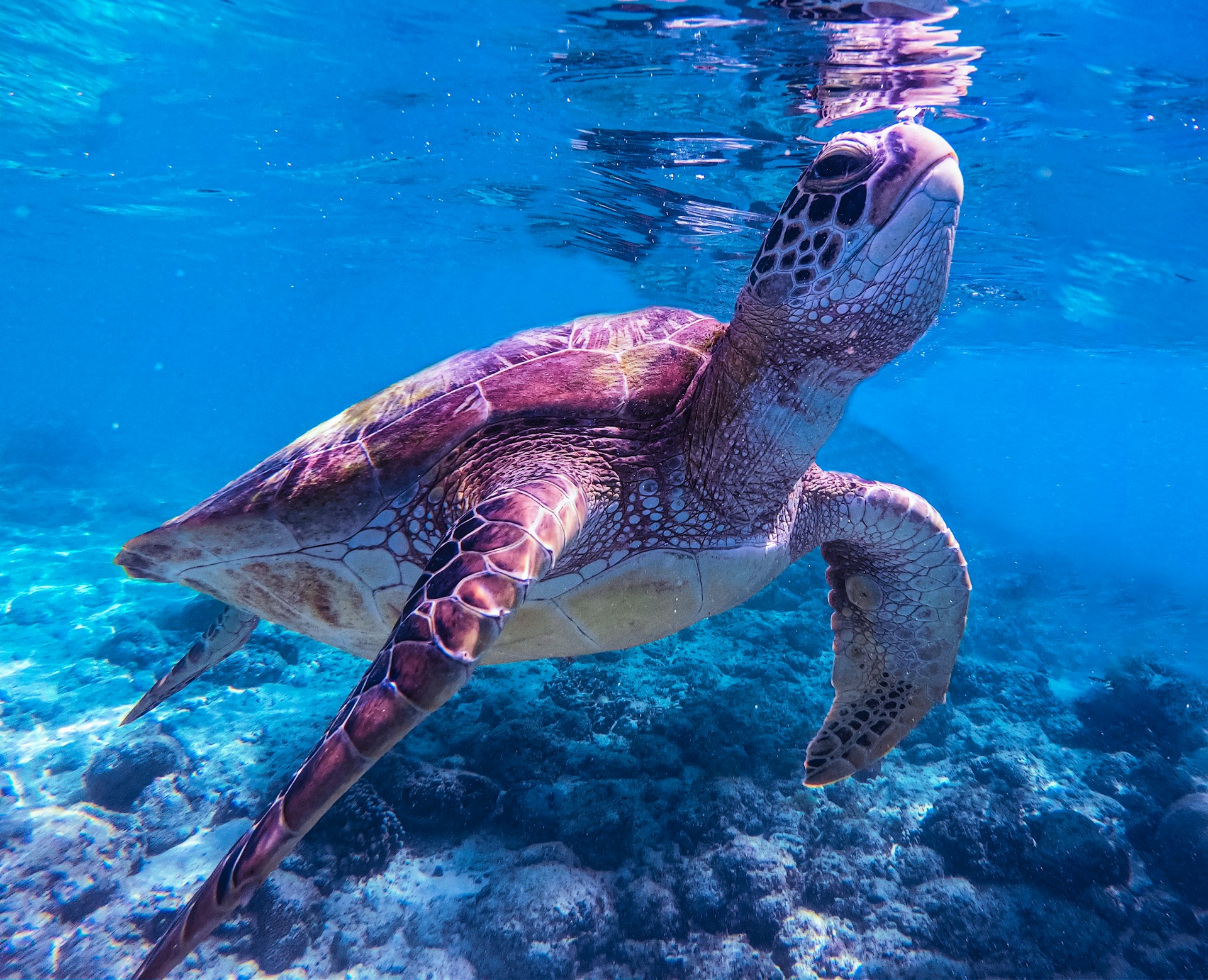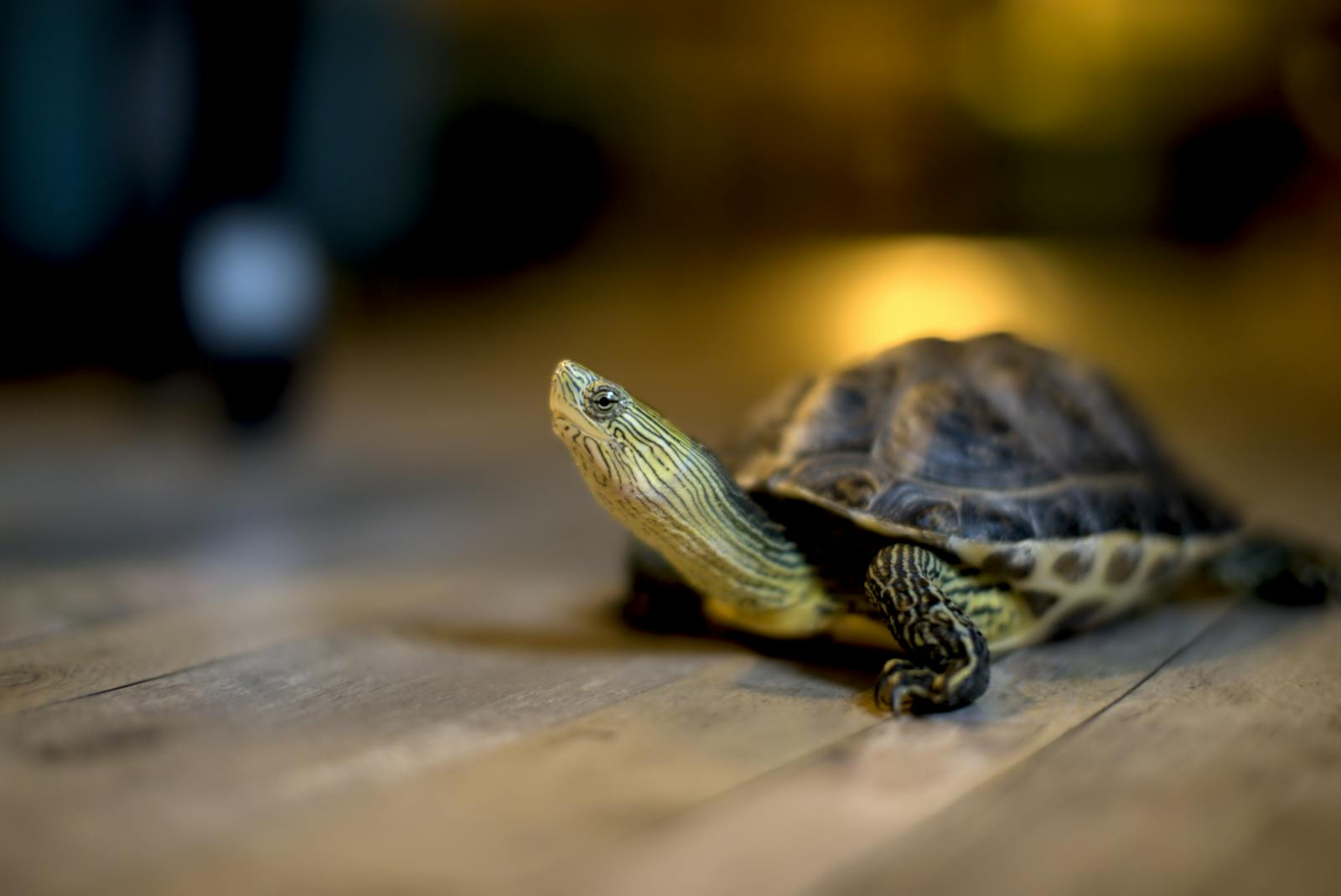The humble turtle shell, a remarkable evolutionary adaptation that has protected these ancient reptiles for millions of years, is more than just a defensive structure—it’s a canvas of incredible biological diversity. Across the world’s oceans, rivers, and terrestrial habitats, turtle shells display an astonishing variety of patterns, colors, and textures that often leave observers in awe. These distinctive markings aren’t merely aesthetic features; they serve crucial functions in camouflage, thermoregulation, species identification, and even courtship displays. From intricate geometric designs to brilliant splashes of color, nature has created living masterpieces on turtle carapaces. This article explores some of the most extraordinary shell patterns found in turtles across the globe, examining both their visual appeal and evolutionary significance.
The Radiant Spotted Patterns of the Spotted Turtle
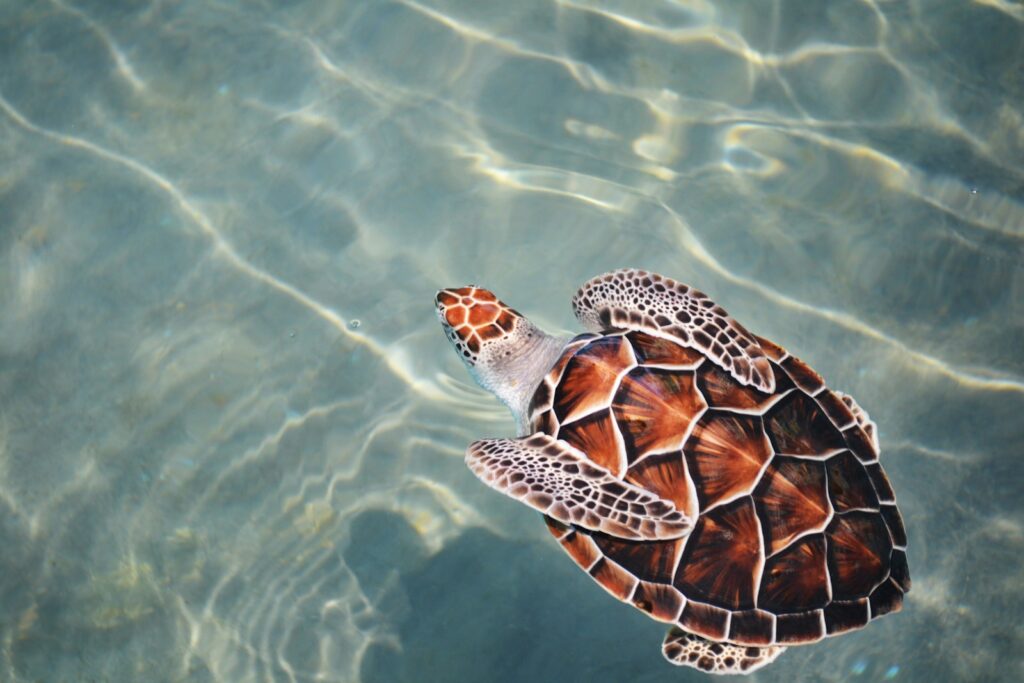
The Spotted Turtle (Clemmys guttata) displays one of nature’s most charming shell designs, featuring a smooth black carapace adorned with vibrant yellow dots scattered across its surface like stars in a night sky. Each individual turtle possesses a unique constellation of spots, with some specimens showing just a few bright markings while others boast dozens across their shell. Remarkably, researchers have found that these patterns remain consistent throughout the turtle’s life, allowing for identification of specific individuals in conservation studies. The brilliance of these yellow spots against the dark background not only creates a visually striking appearance but may also serve as a warning to potential predators about the turtle’s unpalatable taste, a phenomenon known as aposematic coloration. In wetland environments, this pattern provides a perfect balance between visibility for mating purposes and sufficient camouflage when partially submerged in dappled light.
The Hypnotic Geometric Patterns of Map Turtles
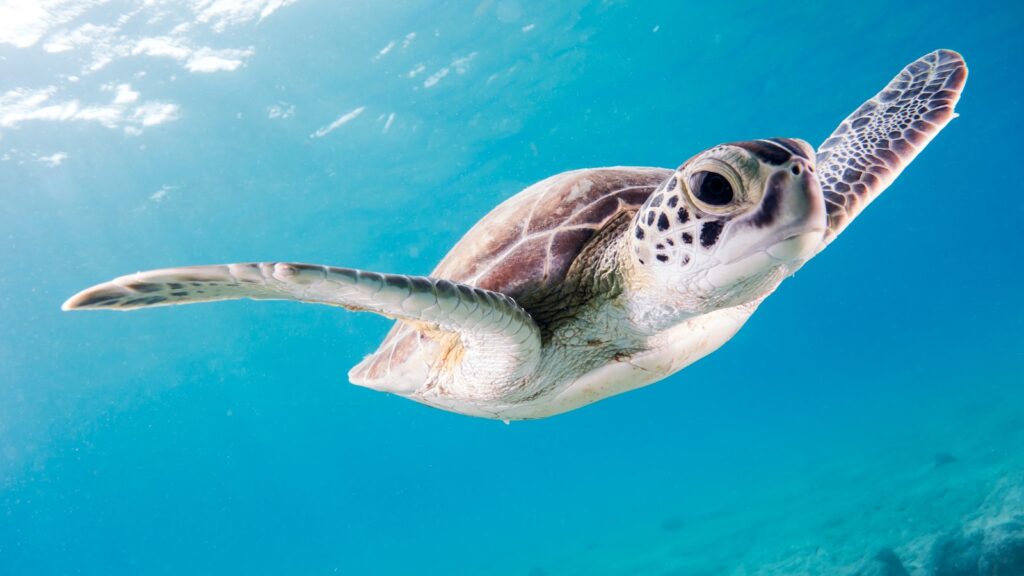
Map Turtles (Graptemys species) earned their common name from the intricate, map-like patterns decorating their shells—a true marvel of natural geometry. These freshwater turtles display a complex network of fine yellow or orange lines that crisscross their olive to brown carapaces, creating patterns reminiscent of topographic maps or ancient cartography. Each of the dozen-plus species within the Graptemys genus shows distinctive variations on this theme, with patterns so reliable they help herpetologists with species identification. The Mississippi Map Turtle features thin lines and small circles, while the Barbour’s Map Turtle displays bolder, more pronounced markings with distinctive “eye” spots. These intricate patterns provide excellent camouflage when the turtles bask on fallen logs, as the lines mimic the texture of wet, algae-covered wood. Fascinatingly, as map turtles age, their patterns often fade slightly, similar to well-worn actual maps, creating a visual record of the turtle’s journey through life.
The Dazzling Radiating Pattern of the Radiated Tortoise
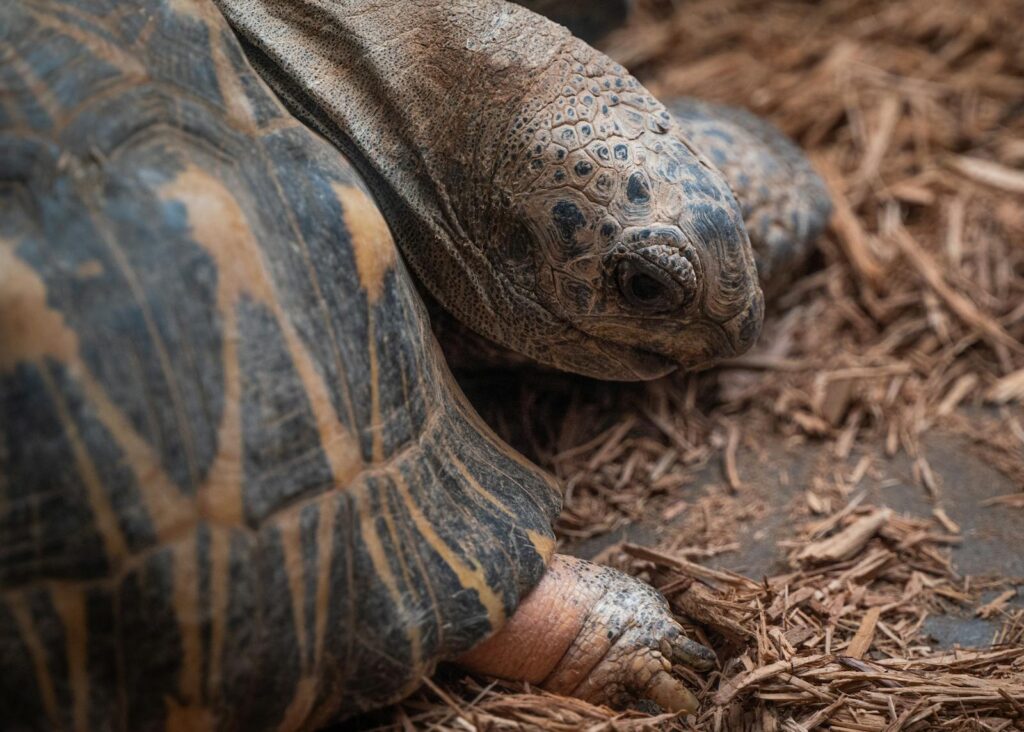
The Radiated Tortoise (Astrochelys radiata) of Madagascar possesses what many consider the most visually spectacular shell pattern in the chelonian world. Its high-domed carapace features a dramatic black background with bright yellow lines radiating from the center of each scute (shell plate), creating a starburst effect that’s absolutely mesmerizing. The precision of these geometrically perfect lines suggests intelligent design, yet they’re purely the result of evolutionary processes. Each line follows the growth pattern of the individual scutes, expanding outward as the tortoise grows larger. Unlike many turtle species whose patterns fade with age, the Radiated Tortoise’s markings become more pronounced and contrasting as it matures, reaching their peak brilliance in adult specimens. Sadly, this extraordinary beauty has contributed to the species’ endangered status, as they’re heavily targeted by poachers for the illegal pet trade despite international protection.
The Ornate Web Patterns of the Diamondback Terrapin
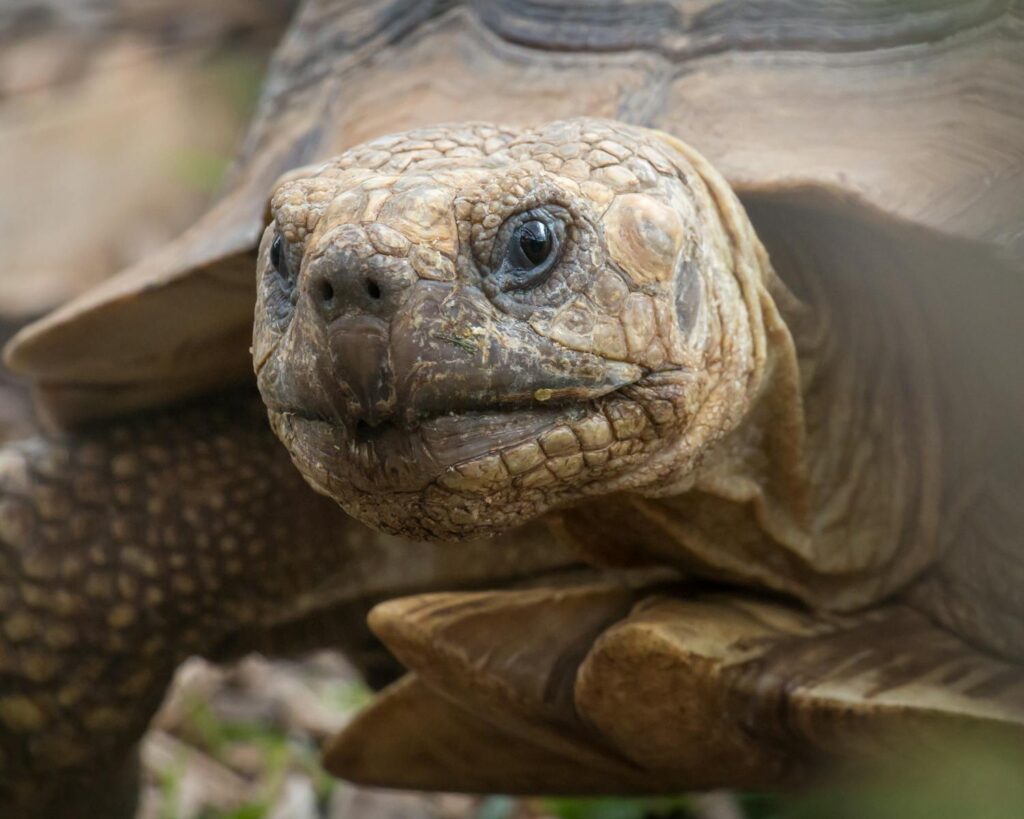
The Diamondback Terrapin (Malaclemys terrapin) showcases one of the most elaborate shell patterns among North American turtles, featuring an intricate network of lines that form a distinctive diamond or honeycomb pattern across its carapace. This unique brackish water species inhabits coastal marshes along the Atlantic and Gulf coasts, where its grayish to black shell with light-colored grooves and borders creates effective camouflage among the mottled shadows of marsh vegetation. Each of the seven recognized subspecies displays subtle variations in this diamond pattern, with northern populations typically showing more contrasting, defined patterns than their southern counterparts. The terrapin’s shell pattern works in concert with its heavily spotted skin to break up the turtle’s outline when partially submerged. Particularly fascinating is how the diamond pattern assists in thermoregulation—the light-colored lines absorb less heat than the darker areas, creating a balanced thermal environment across the shell surface during basking activities.
The Psychedelic Swirls of the Mata Mata Turtle
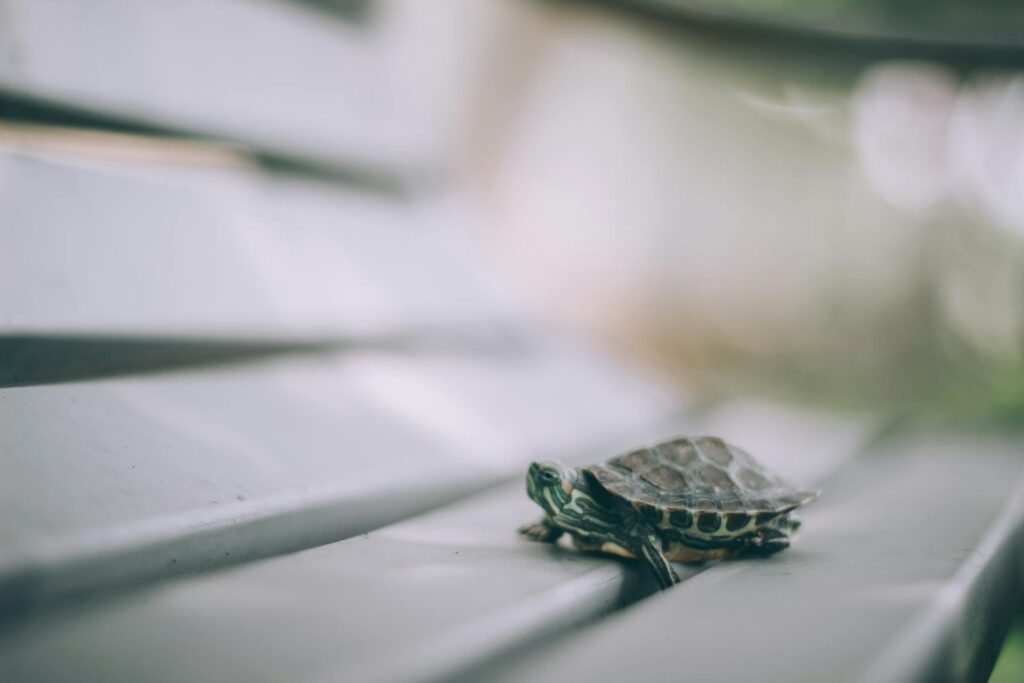
The Mata Mata turtle (Chelus fimbriata) from South America’s Amazon basin possesses perhaps the most otherworldly shell pattern in the turtle world, featuring an elaborate arrangement of bumps, ridges, and textured protrusions that defy conventional descriptions. Rather than displaying clean lines or spots, the Mata Mata’s carapace resembles a piece of gnarled driftwood or decaying vegetation, with irregular brown, gray, and black tones swirling across its surface in psychedelic patterns. Each shell features three pronounced raised keels running lengthwise, which are covered with rough, cone-shaped projections that enhance the shell’s unusual textured appearance. This extraordinary pattern isn’t merely decorative—it represents the pinnacle of aquatic camouflage, allowing the turtle to blend perfectly with the leaf litter and debris of forest floor streams. When combined with the turtle’s flattened, triangular head and tubular snout, the overall effect is so convincing that prey fish often fail to recognize the Mata Mata as a predator until captured by its lightning-fast neck strike.
The Mesmerizing Mosaic of the Hawksbill Sea Turtle
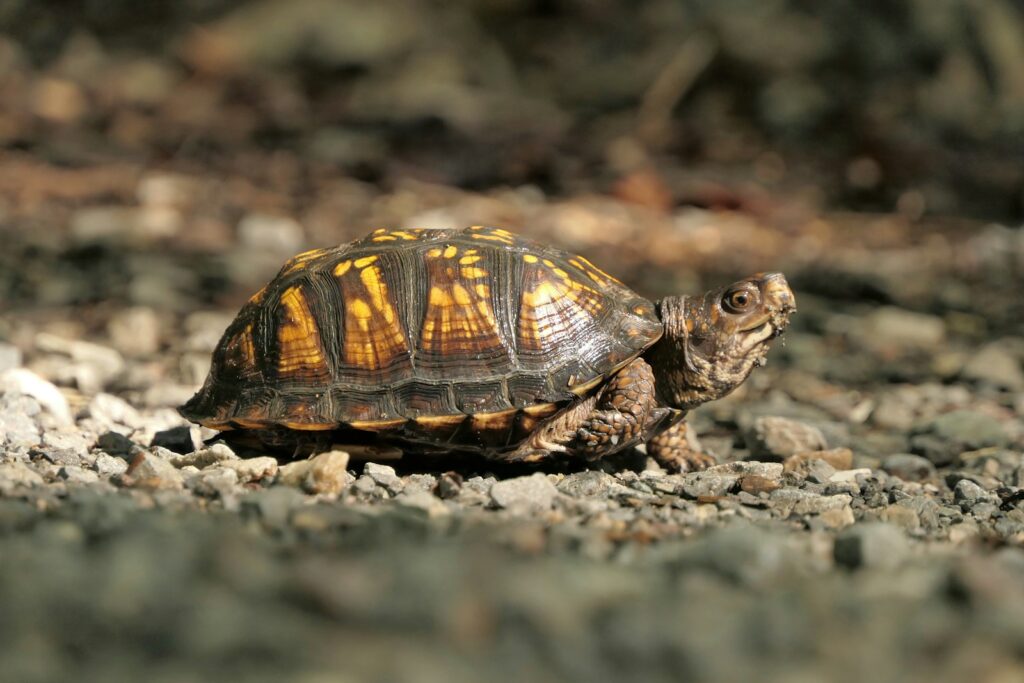
The Hawksbill Sea Turtle (Eretmochelys imbricata) displays one of the marine world’s most captivating shell patterns, featuring overlapping scutes that create a stunning mosaic of amber, honey, and mahogany hues with radiating, flame-like patterns. These translucent shell plates—which tragically made the species a target for the tortoiseshell trade—reflect and refract light underwater, creating a shimmering effect that changes with viewing angle and water conditions. Each Hawksbill’s pattern is entirely unique, like a fingerprint, with swirls and radiating streaks that vary wildly between individuals. Marine biologists have successfully used these distinctive patterns for photo identification in population studies, cataloging individuals without invasive tagging methods. The bold, contrasting pattern serves multiple functions in the wild: providing camouflage among colorful coral reefs where Hawksbills feed, regulating body temperature by selectively absorbing sunlight, and potentially acting as a form of species recognition during mating season.
The Spectacular Sunburst Pattern of the Ornate Box Turtle
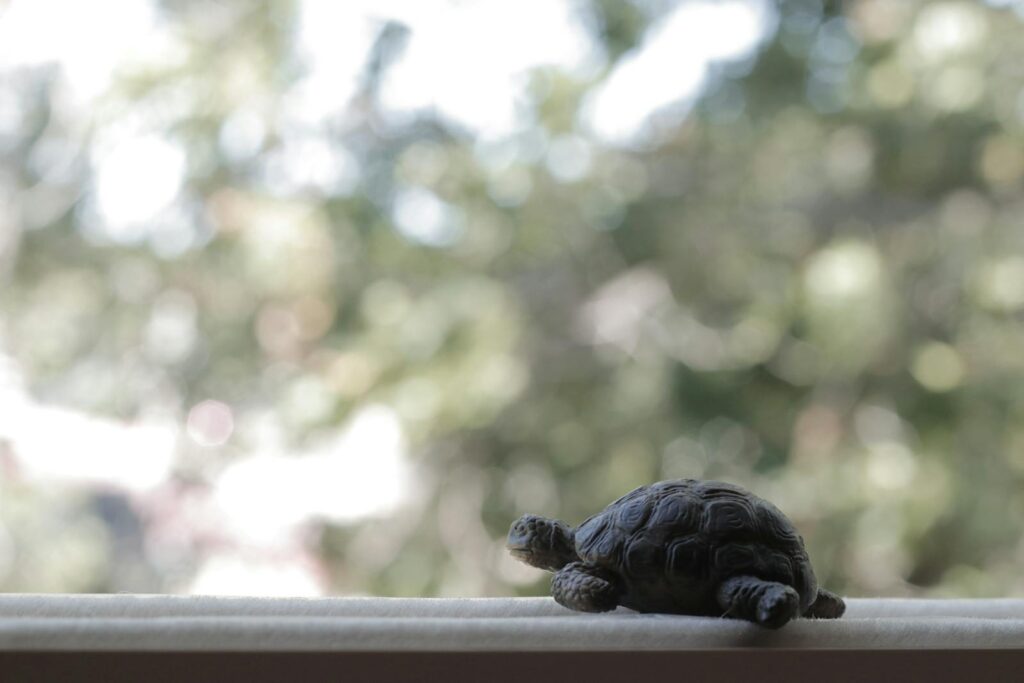
The Ornate Box Turtle (Terrapene ornata) features one of North America’s most elaborate terrestrial turtle shell patterns, displaying a dark brown to black carapace decorated with striking yellow lines radiating outward in a sunburst pattern. Each scute on the shell typically contains a central point from which yellow or orange lines extend toward the edges, creating a series of miniature sunbursts across the entire carapace. Individual turtles show remarkable variation in these patterns, with some specimens displaying thin, delicate lines while others feature bold, thick radiating streaks that dominate the shell’s appearance. This dramatic pattern provides excellent camouflage in the turtle’s native prairie habitat, breaking up its outline among patchy vegetation and dappled sunlight. Interestingly, researchers have documented regional variations in pattern intensity, with populations from more arid environments typically showing more vibrant, high-contrast patterns than those from more humid regions—a phenomenon that may relate to different camouflage requirements or evolutionary adaptations to sun exposure.
The Elegant Striping of the Painted Turtle
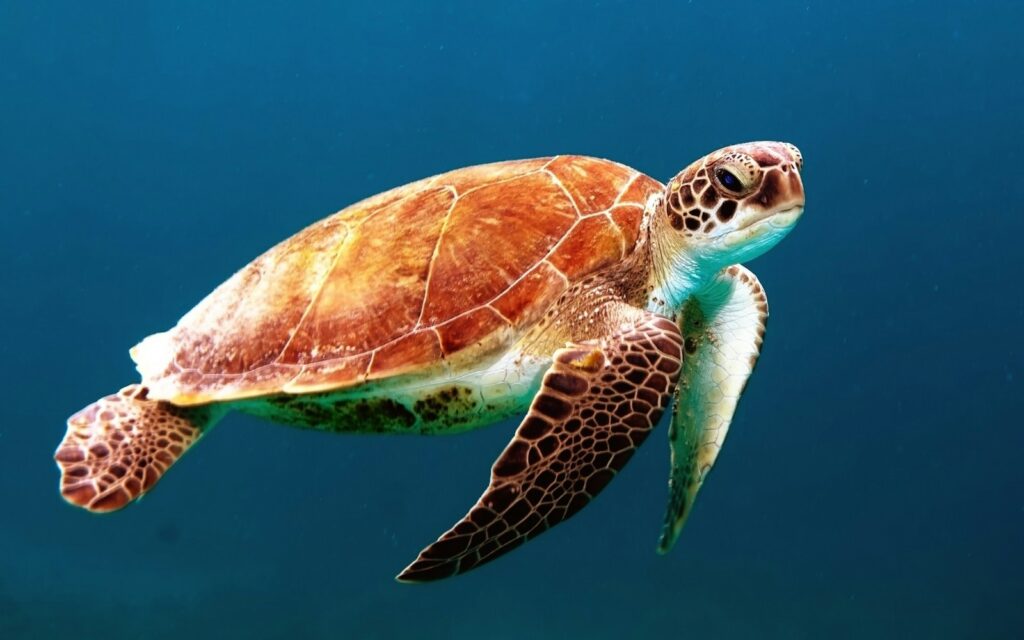
The Painted Turtle (Chrysemys picta) earns its name from its remarkably colorful shell adorned with distinctive red and yellow patterns that resemble careful brushstrokes against a dark olive or black background. This widespread North American species features red marginal scutes (the outer edge plates) with intricate patterns that can include delicate striping, borders, or crescents depending on the subspecies. The Western Painted Turtle displays particularly vibrant red patterns along its shell margins, while the Eastern variety shows more pronounced yellow striping across its carapace. These bright markings serve multiple purposes beyond mere decoration—they act as a form of disruptive coloration that breaks up the turtle’s outline when viewed from above by predatory birds. The painted patterns also play a crucial role in thermoregulation, as the differently colored areas absorb heat at various rates, helping the turtle maintain optimal body temperature during basking. Additionally, the intensity and arrangement of these colorful patterns may influence mate selection, with some research suggesting that brighter individuals enjoy greater reproductive success.
The Cryptic Camouflage of the Alligator Snapping Turtle
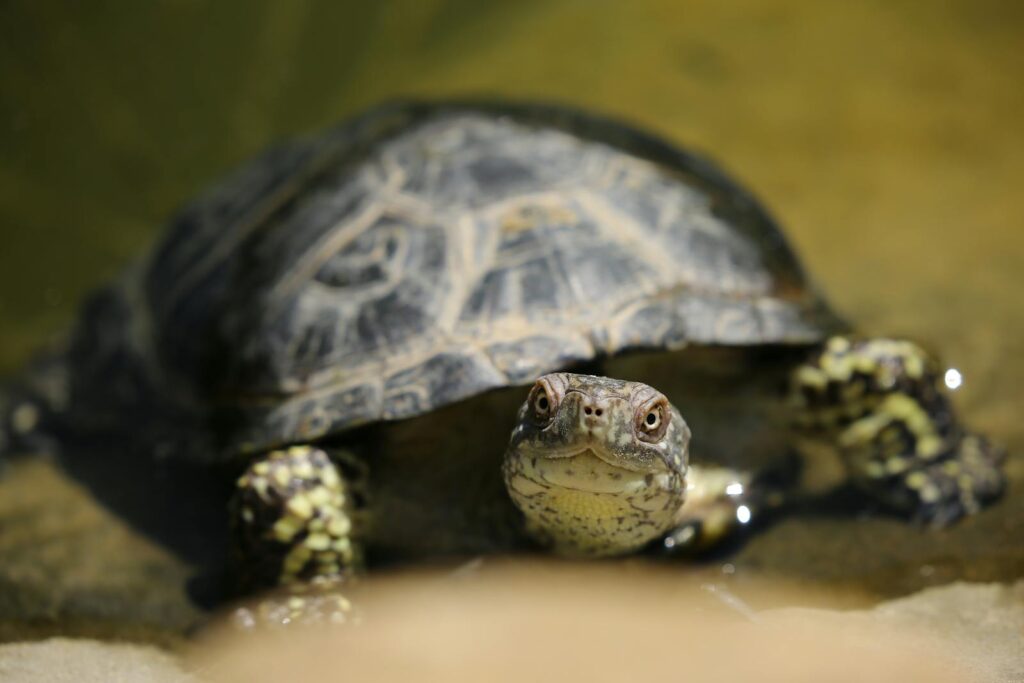
The Alligator Snapping Turtle (Macrochelys temminckii) demonstrates nature’s mastery of cryptic patterning with a shell design that transforms this massive freshwater predator into a nearly invisible ambush hunter. Unlike the bright, distinctive patterns of many other turtles, the Alligator Snapper’s shell features a subdued arrangement of ridges, knobs, and peaks covered with a mottled pattern of algae-like textures and colors. Three prominent keels run along the length of its carapace, crowned with sharp, triangular projections that resemble miniature mountain ranges. The shell’s brownish-gray base color is typically overlaid with an irregular mosaic of darker patches and lighter areas that precisely mimic the appearance of submerged logs or rocks covered in aquatic growth. This remarkable camouflage pattern is enhanced by the turtle’s habit of remaining motionless for hours or even days, allowing actual algae to grow on its shell and further blur the line between animal and environment. When combined with its moss-colored, textured skin and lure-equipped mouth, this prehistoric-looking turtle becomes virtually invisible to both prey and observers in its murky riverbed habitat.
The Intricate Plastron Designs of Wood Turtles
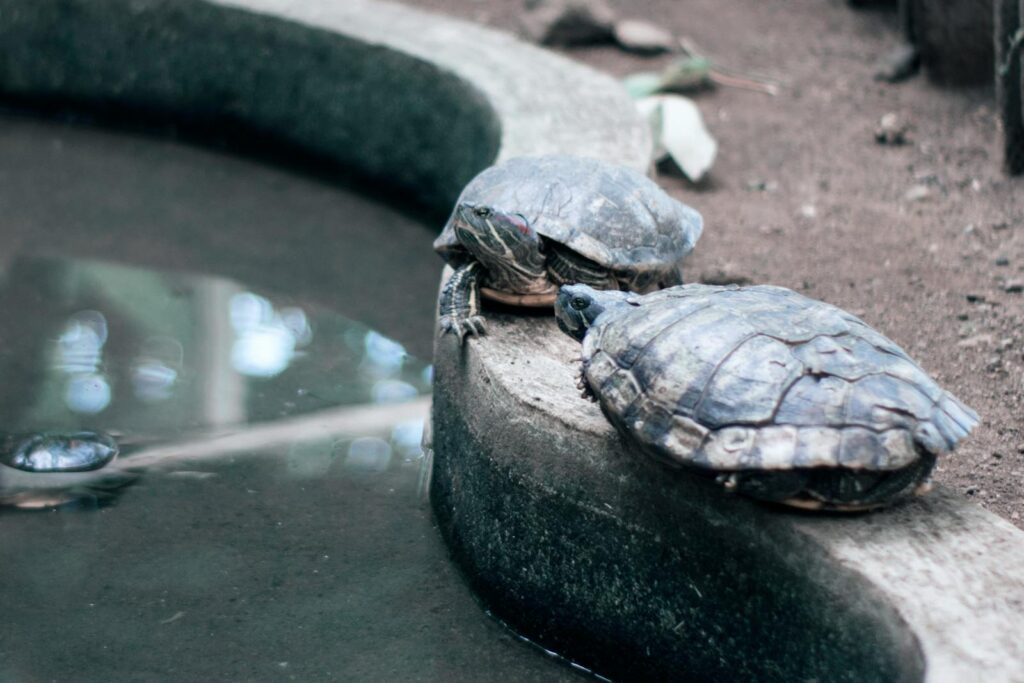
While most discussions of turtle patterns focus on the upper shell (carapace), the Wood Turtle (Glyptemys insculpta) presents one of nature’s most elaborate designs on its lower shell or plastron. Each yellow plastron features a unique arrangement of dark rectangular blotches arranged asymmetrically across its surface, creating a pattern reminiscent of ancient woodblock printing or primitive artwork. No two Wood Turtles share identical plastron patterns, making these markings valuable for individual identification in long-term conservation studies. The contrast between the bright yellow background and bold black or dark brown markings creates a striking visual effect when the turtle is viewed from below, potentially serving as a form of warning coloration to predators approaching from underneath. Interestingly, the Wood Turtle’s upper shell complements this intricate plastron with a completely different aesthetic—a sculpted carapace with each scute containing concentric growth rings and raised pyramidal projections that create a texture similar to carved wood, hence the species’ common name.
The Dynamic Color-Changing Patterns of Leatherback Hatchlings
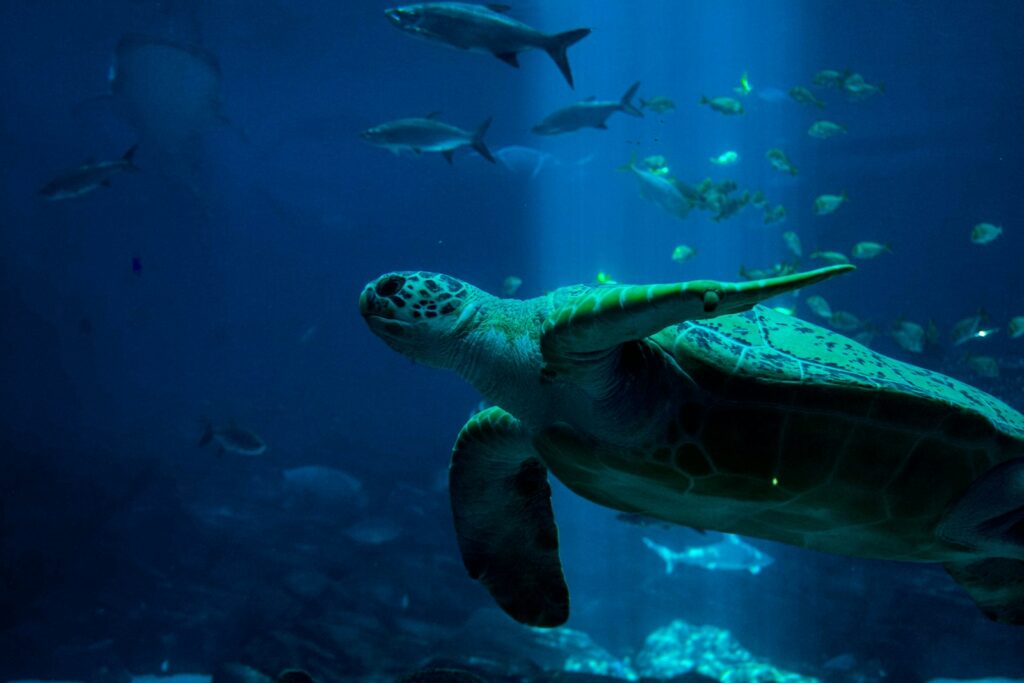
While adult Leatherback Sea Turtles (Dermochelys coriacea) lack traditional hard-shelled patterns, their hatchlings display an extraordinary phenomenon rarely seen in the turtle world—a shell pattern that actively changes color and intensity during early development. Newly emerged Leatherback hatchlings feature a carapace covered with small white dots and irregular white patches against a predominantly black background, creating a striking spotted pattern unlike any other sea turtle species. Remarkably, these white markings are not static; they gradually fade and transform during the turtle’s first few months of life as the juvenile’s soft, leathery carapace darkens to the uniform black or dark gray coloration characteristic of adults. Marine biologists believe this temporary patterning may provide crucial camouflage during the vulnerable hatchling and juvenile stages, helping young Leatherbacks blend with the dappled light patterns in open ocean environments. The white spots may also play a role in thermoregulation, reflecting sunlight to prevent overheating during the dangerous beach-to-sea journey that begins these endangered turtles’ lives.
The Spectacular Shell Mosaics of Indian Star Tortoises
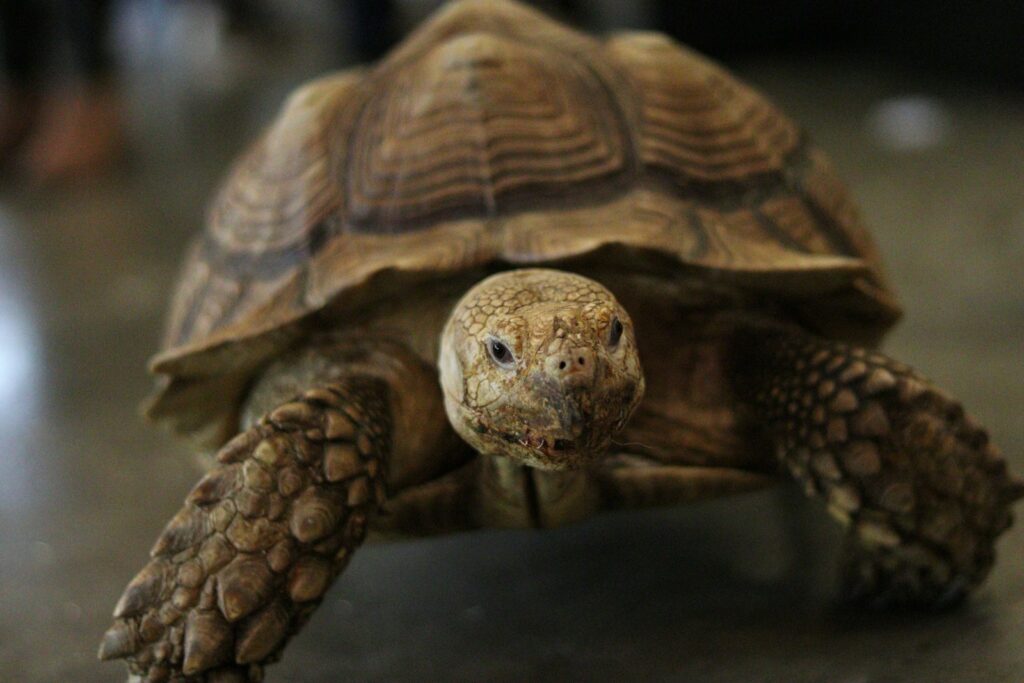
The Indian Star Tortoise (Geochelone elegans) displays perhaps the most mathematically perfect shell pattern in the reptile world, featuring a breathtaking arrangement of yellow or cream-colored rays emanating from the center of each scute against a black or dark brown background. These radiating lines form perfect star-shaped patterns on each individual scute, creating a shell covered with multiple geometric “stars” that give the species its common name. The precision of these starbursts follows mathematical principles similar to the Fibonacci sequence, with the lines arranged at optimal angles for growth and structural integrity. Variations in pattern intensity exist across the species’ range, with specimens from Sri Lanka typically showing more pronounced, high-contrast starbursts compared to their Indian mainland counterparts. This extraordinary pattern serves as exceptional camouflage in the tortoise’s native grassland and scrub forest habitats, where the radiating lines break up the animal’s outline and make it nearly invisible among dried grasses and dappled sunlight. Unfortunately, the striking beauty of this pattern has made the species a target for illegal wildlife trafficking, leading to population declines throughout its range.
The Evolutionary Significance of Shell Patterns
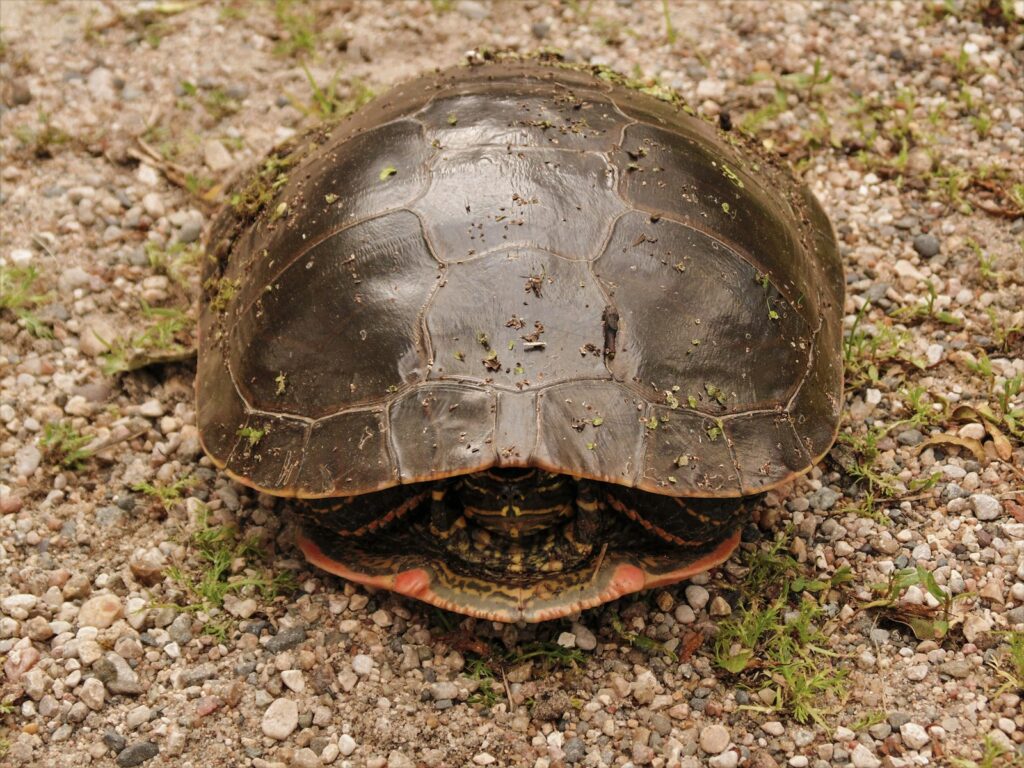
The dazzling variety of turtle shell patterns represents more than mere aesthetic diversity—it reflects millions of years of evolutionary adaptation to specific ecological niches and survival challenges. Shell patterns primarily evolved to serve four critical functions: camouflage, thermoregulation, species recognition, and in some cases, warning coloration. Species inhabiting murky waters typically develop mottled, subdued patterns that blend with muddy substrates, while those living in clear water or on land often display more vibrant, distinctive markings. The placement of light and dark areas on a turtle’s shell directly influences how it absorbs or reflects heat, with species from cooler regions generally showing more dark coloration to maximize heat absorption during basking. Intriguingly, patterns also show greater complexity in species that engage in more complex social behaviors, suggesting a communication component to these elaborate designs. Researchers studying pattern development have discovered that many turtle shell patterns form through reaction-diffusion processes—the same mathematical principles that create zebra stripes and leopard spots—where chemical signals interact during embryonic development to create these intricate natural designs.
Conclusion
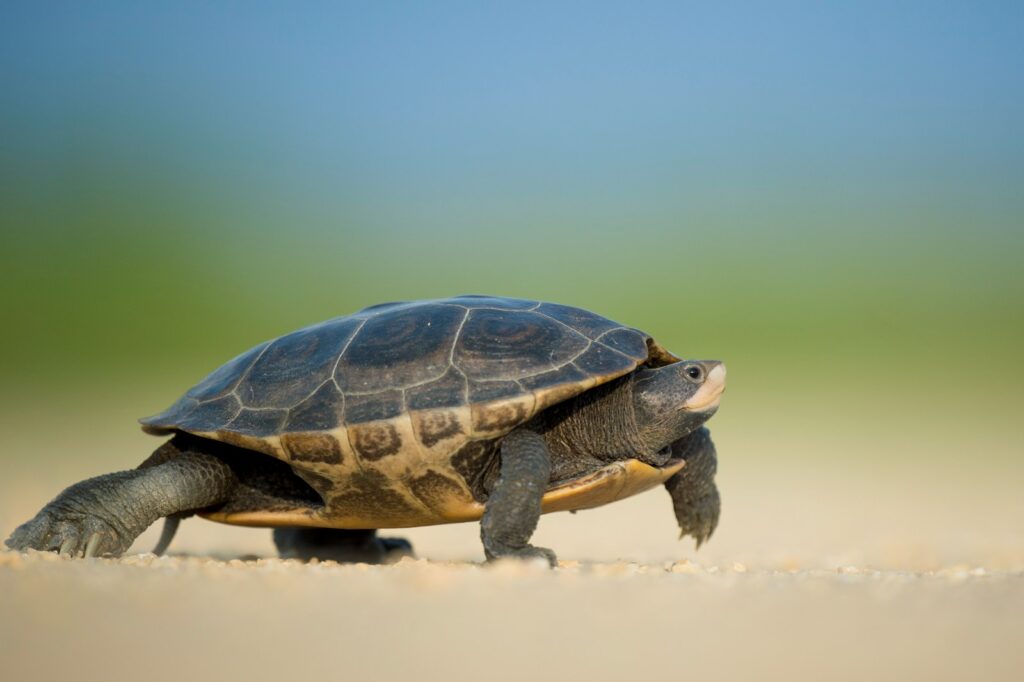
Nature’s artistic expression through turtle shell patterns represents one of the animal kingdom’s most diverse and fascinating displays of biological design. From the geometric precision of star tortoises to the cryptic camouflage of snapping turtles, these patterns showcase evolution’s creative solutions to survival challenges across wildly different habitats. Beyond their practical functions, these shell patterns capture human imagination and inspire conservation efforts for these ancient reptiles. As we continue to study and understand the mechanisms behind these remarkable designs, we gain deeper insight into the complex interplay between genetics, environment, and evolution. The next time you encounter a turtle—whether in the wild or at a conservation facility—take a moment to appreciate the unique living artwork carried on its back, a pattern that tells the story of millions of years of adaptation and survival.

